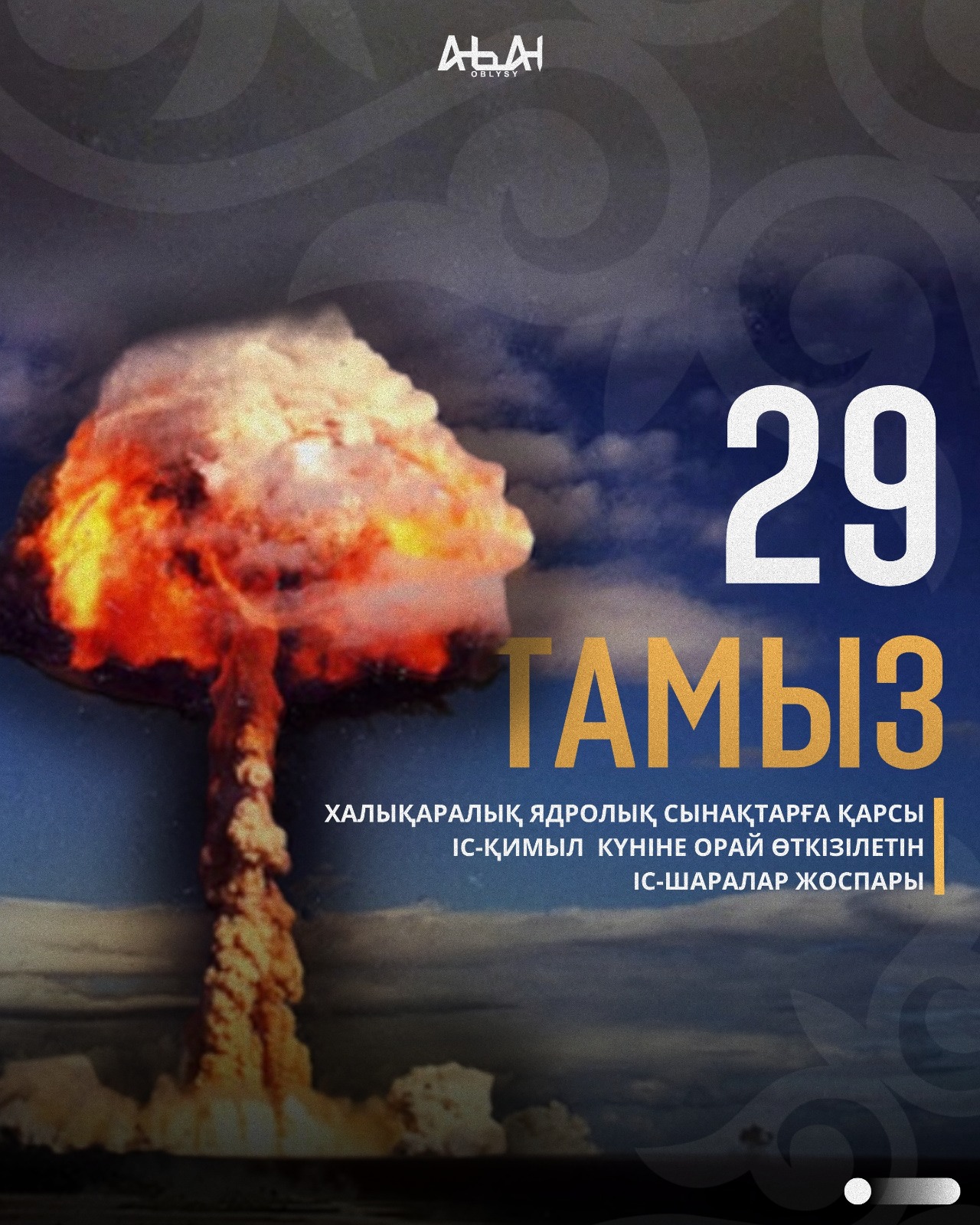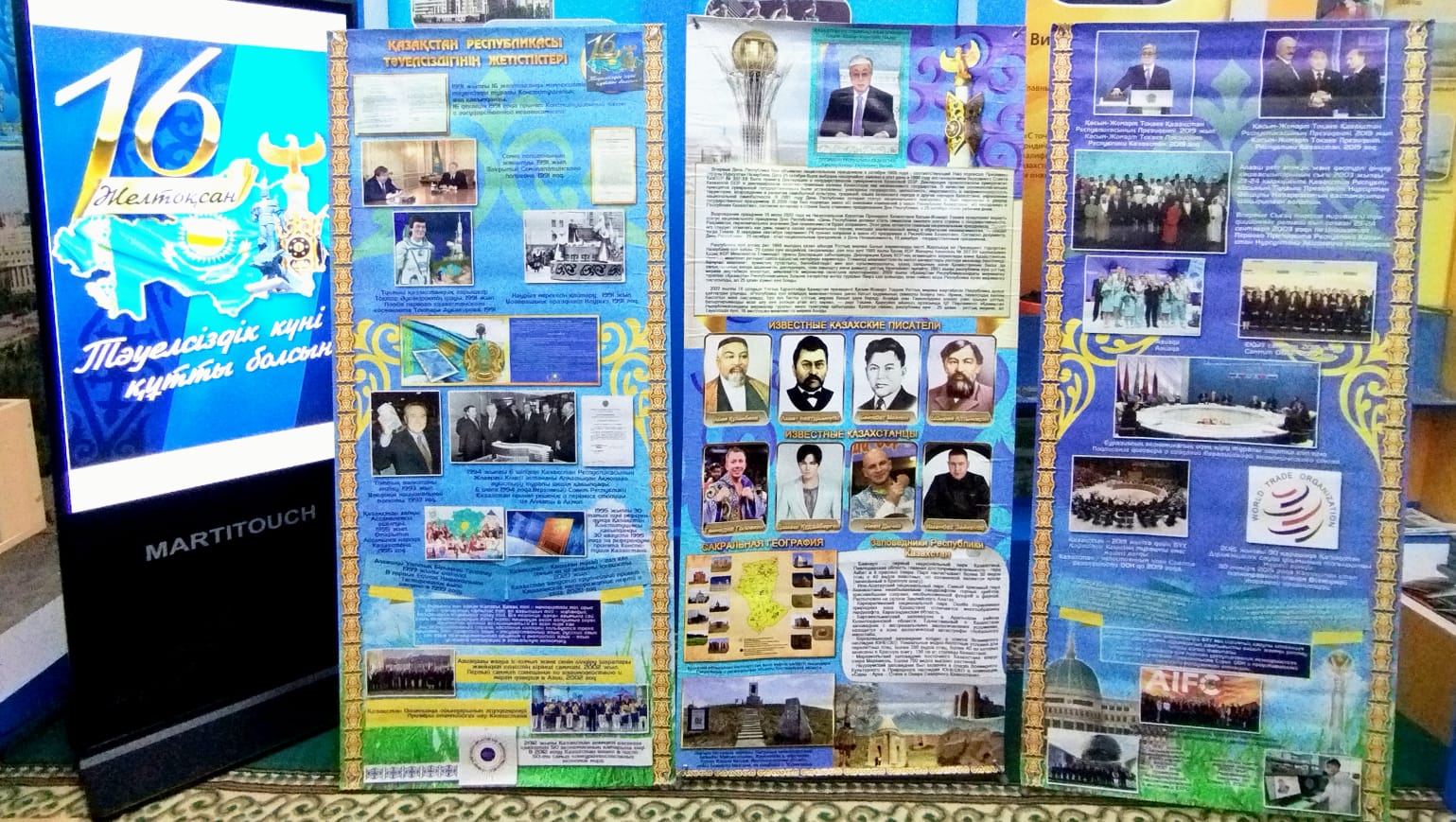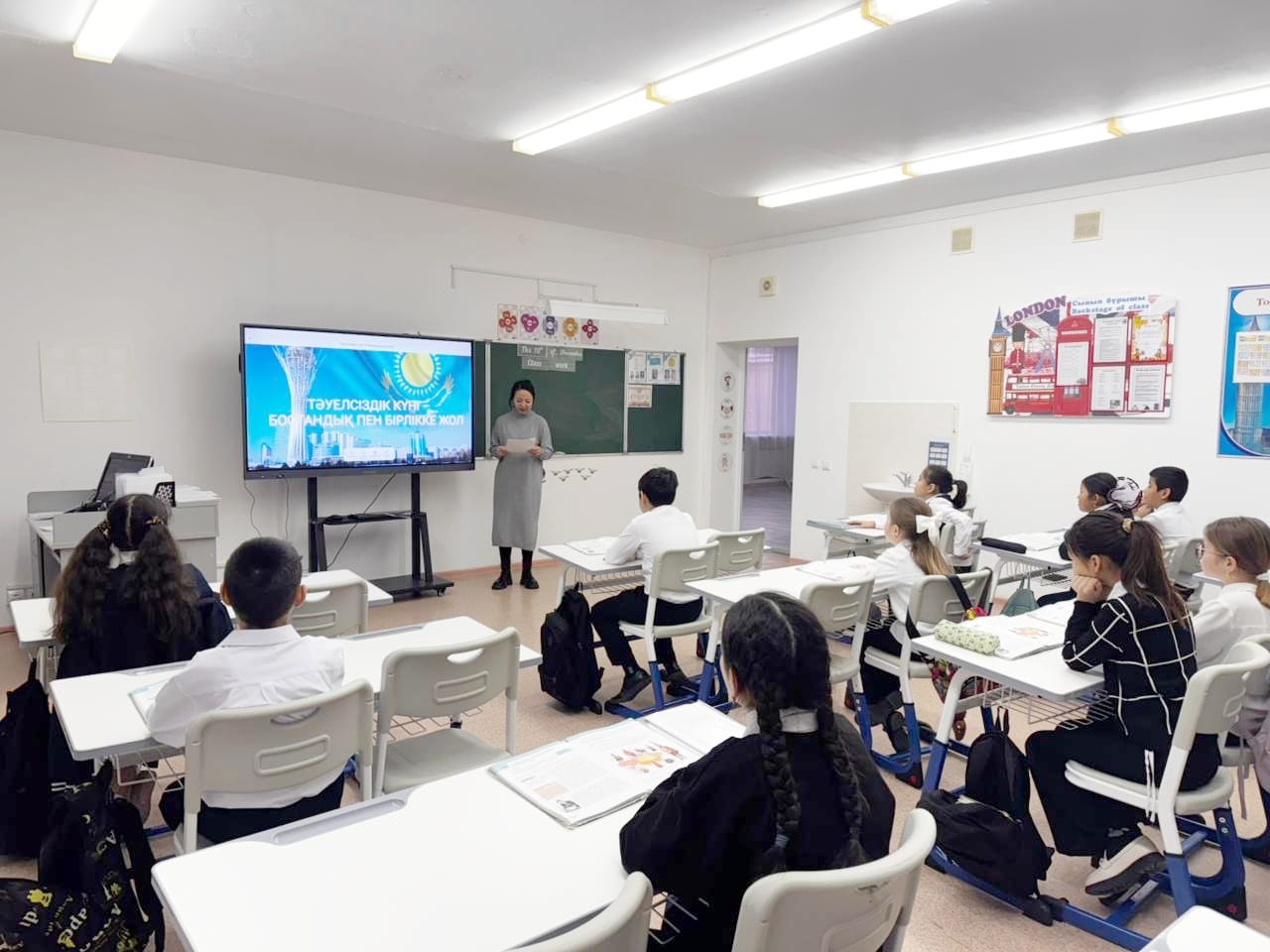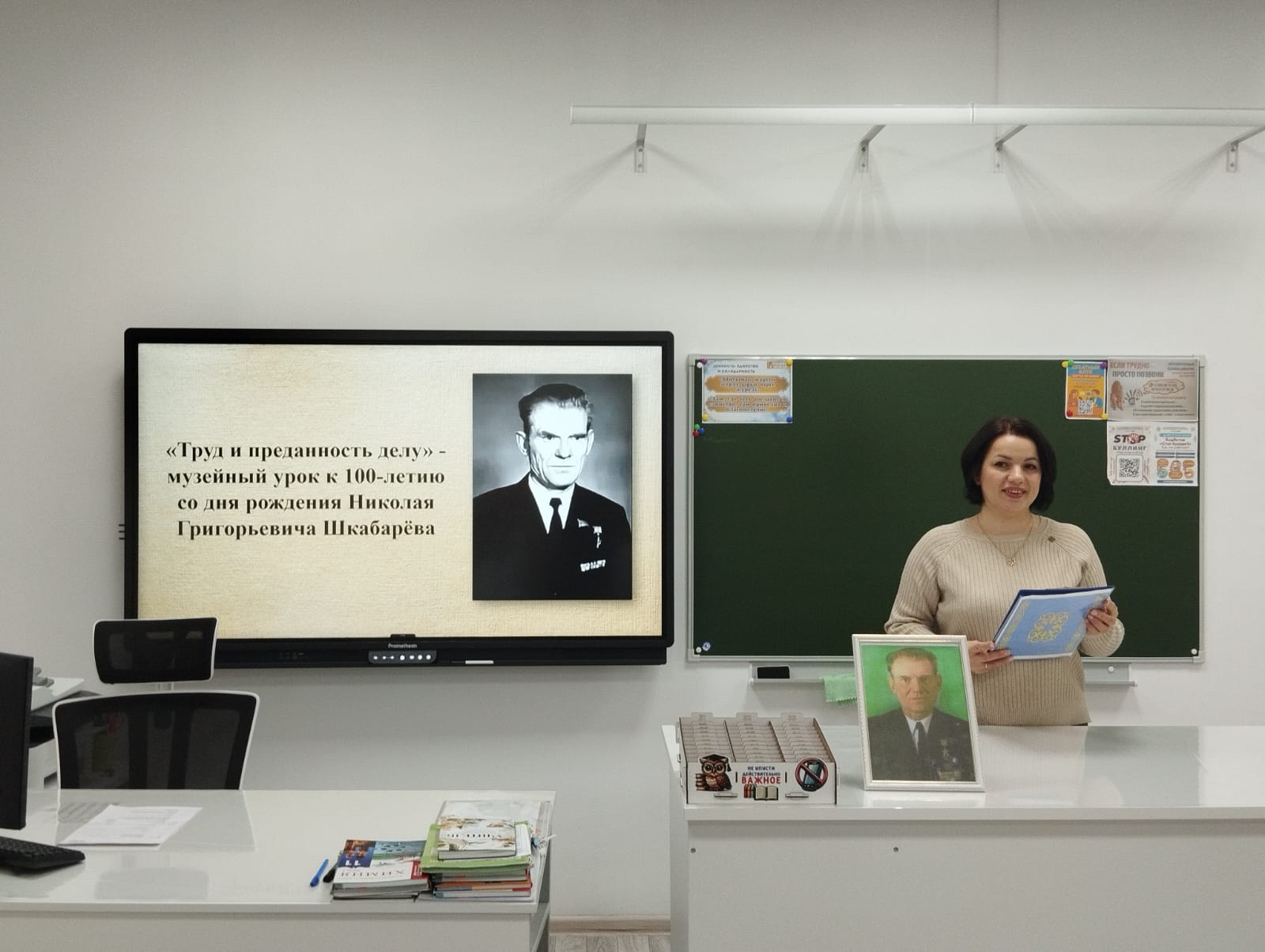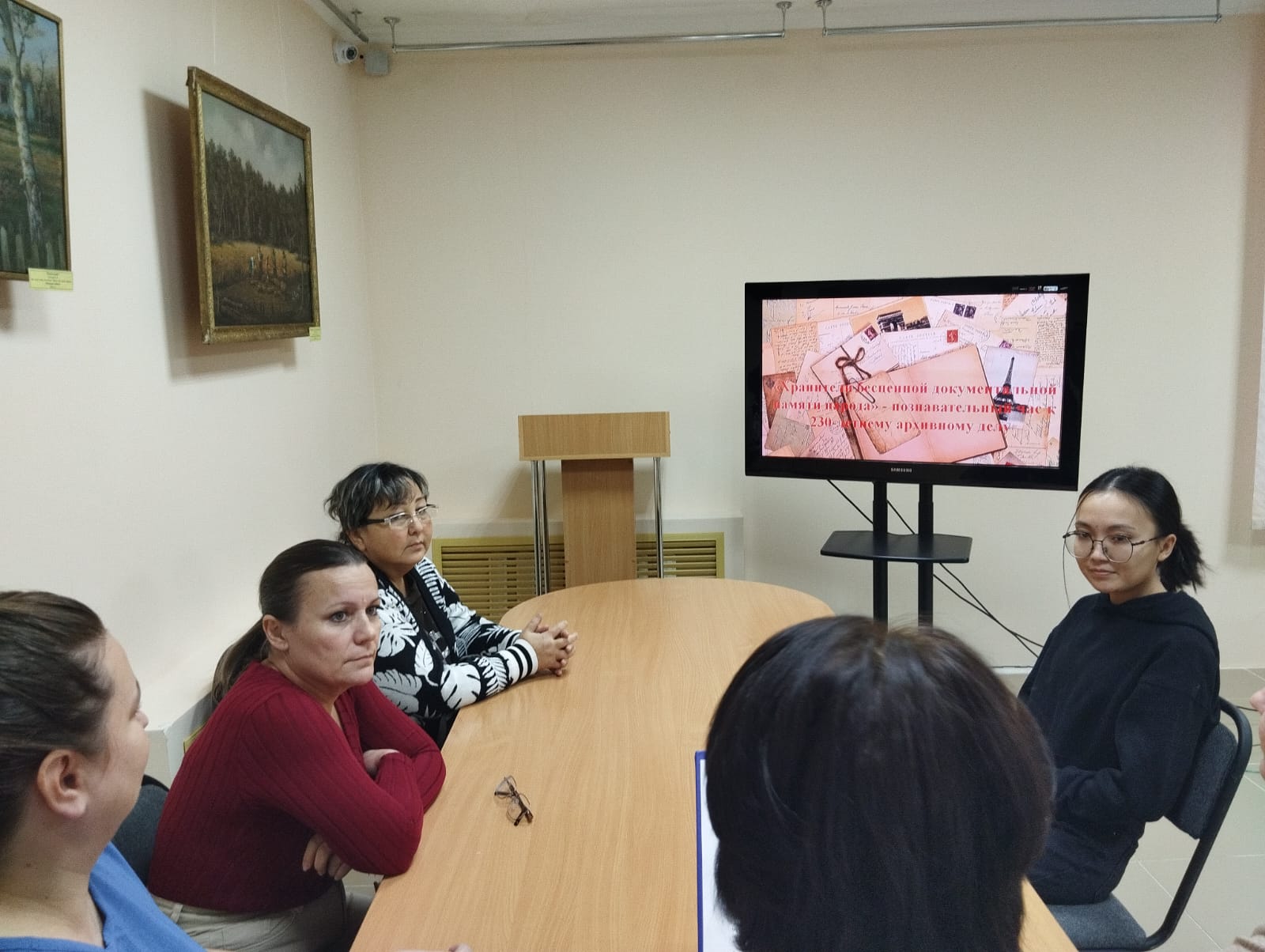The Semipalatinsk nuclear test site was created in 1948 specifically for testing the first Soviet nuclear device. The site near Semipalatinsk was chosen due to the lack of settlements and objects of the national economy. The test site covered an area of 18,500 km2 at the junction of East Kazakhstan, Karaganda and Pavlodar regions. From 1949 to 1989, 456 nuclear tests were carried out at the test site: 116 atmospheric, 340 underground. In 1963, after the USSR, the United States and Great Britain signed a treaty prohibiting the testing of nuclear weapons in the atmosphere, outer space and under water, the number of underground tests increased sharply. The power of all the explosions was 2,500 times the power of the bomb dropped on Hiroshima. According to various data, more than 1.5 million people in Kazakhstan suffered from testing at the landfill. Apology Boztayev was one of the first to raise the tone of protest against the continuation of nuclear tests at the Semipalatinsk test site – on February 20, 1989, he ignored the decision of the Central Committee of the KP of the Kazakh SSR and objected to the continuation of nuclear tests at the Semipalatinsk test site. Moscow asks to stop conducting tests on Kazakh soil. On February 26, 1989, the international anti-nuclear movement “Nevada-Semipalatinsk” was created, headed by the Kazakh poet and public figure Olzhas Suleimenov, who was then a deputy of the Supreme Soviet of the Kazakh SSR. The anti-nuclear movement” Nevada-Semipalatinsk ” was a response to the ongoing tests. The goal of the activists is to stop testing at test sites around the world and free the planet from nuclear weapons. The last explosion at the Semipalatinsk test site occurred on October 19, 1989. 42 years after the start of nuclear testing, on August 29, 1991, the first president of Kazakhstan, Nursultan Nazarbayev, unilaterally closed one of the world’s largest nuclear test sites by decree.
